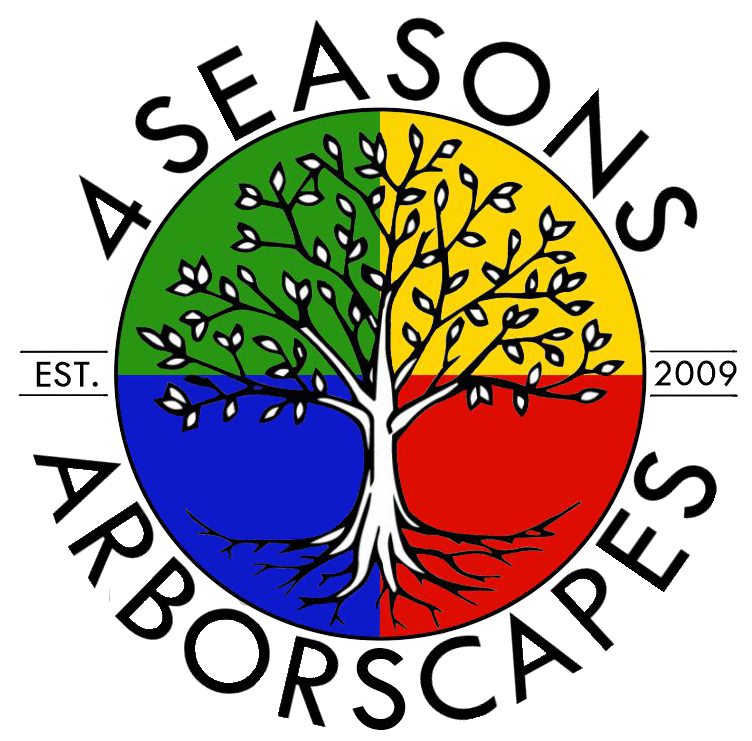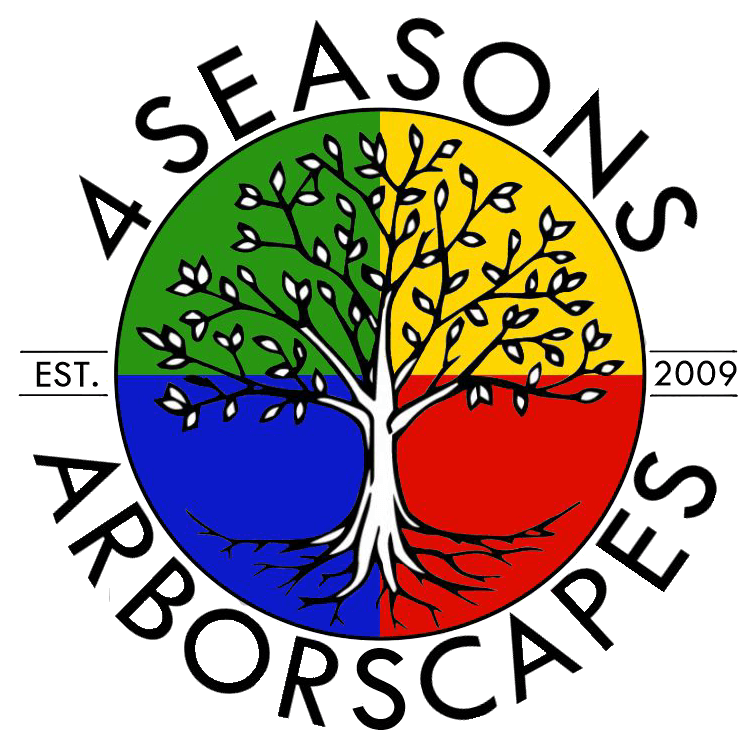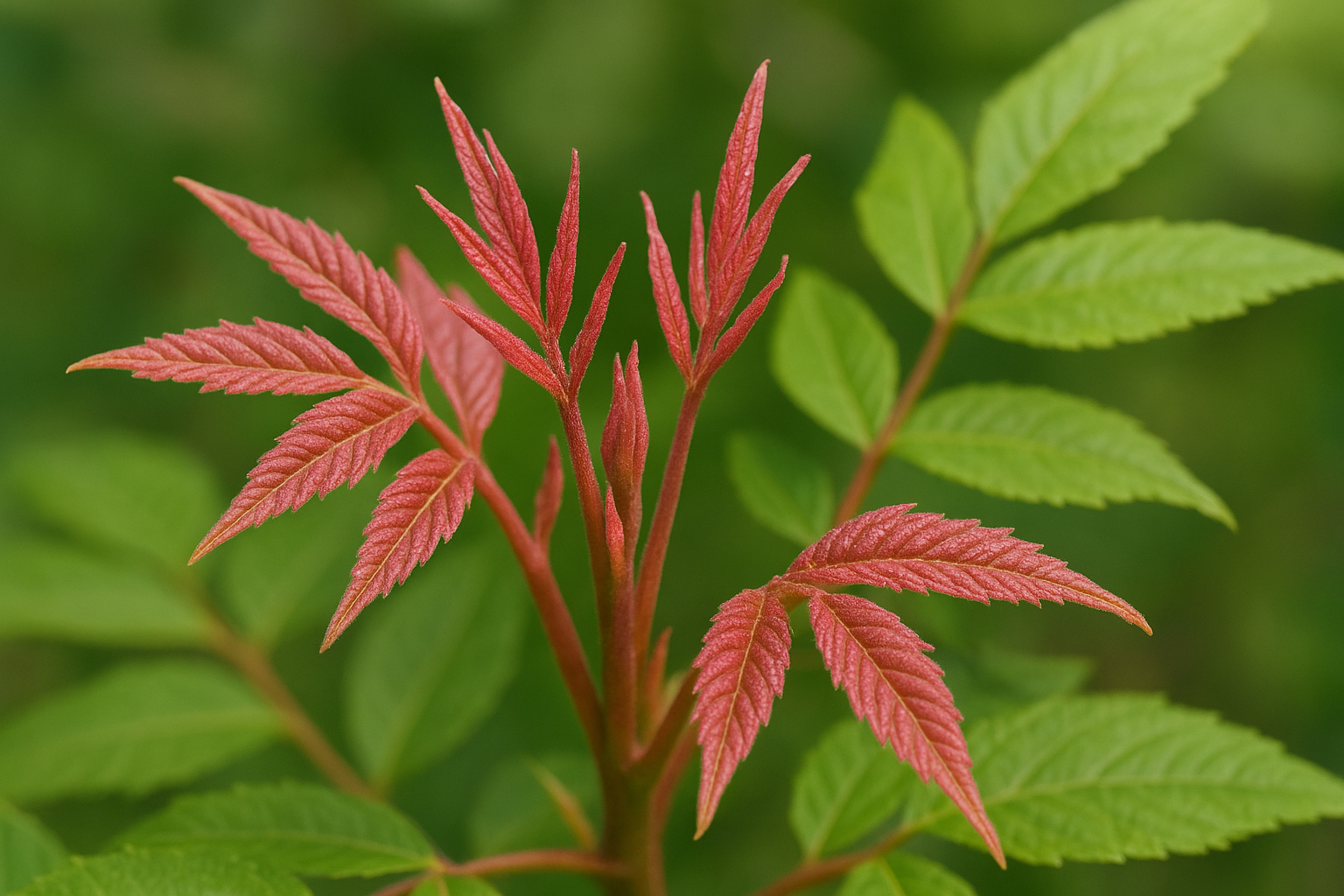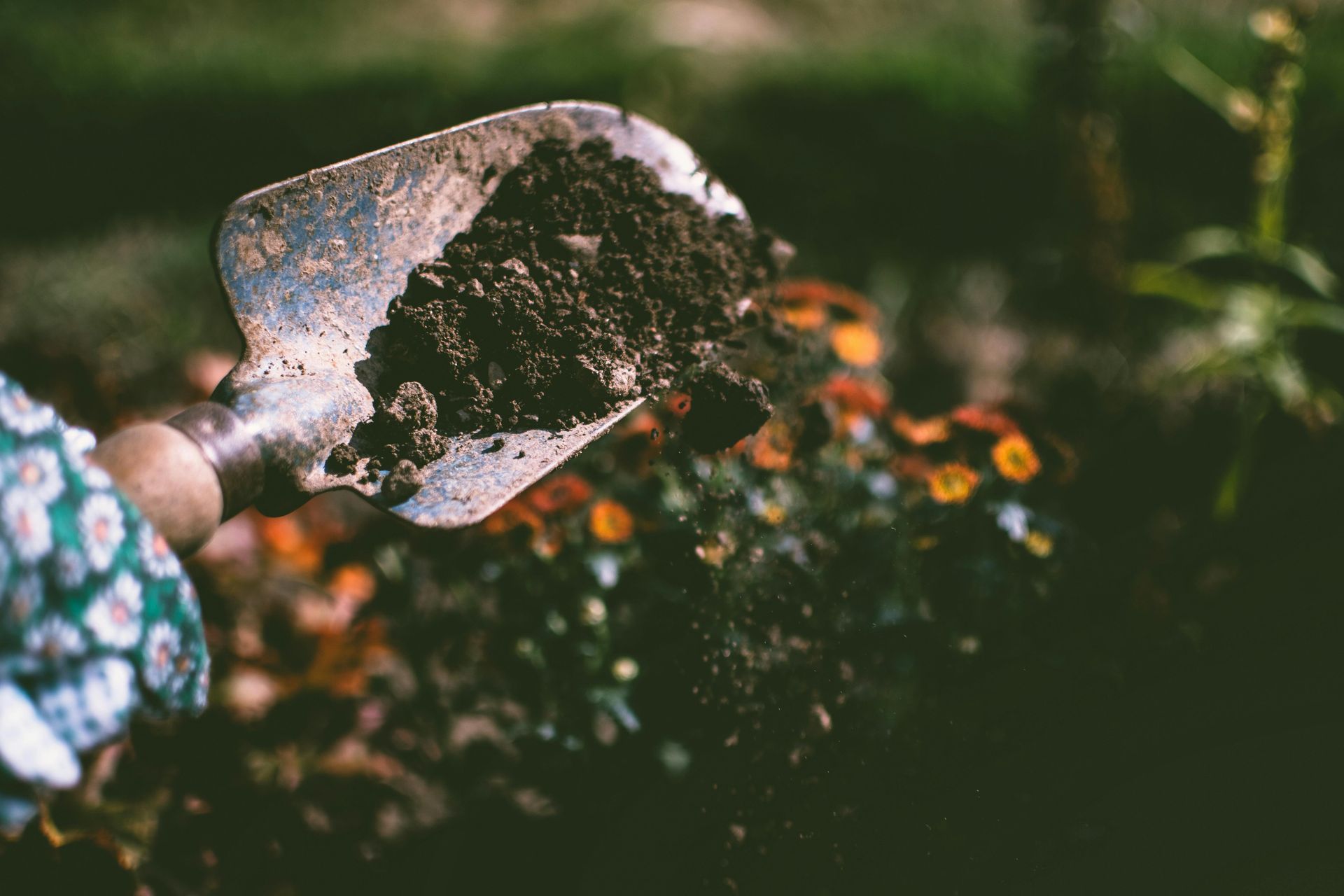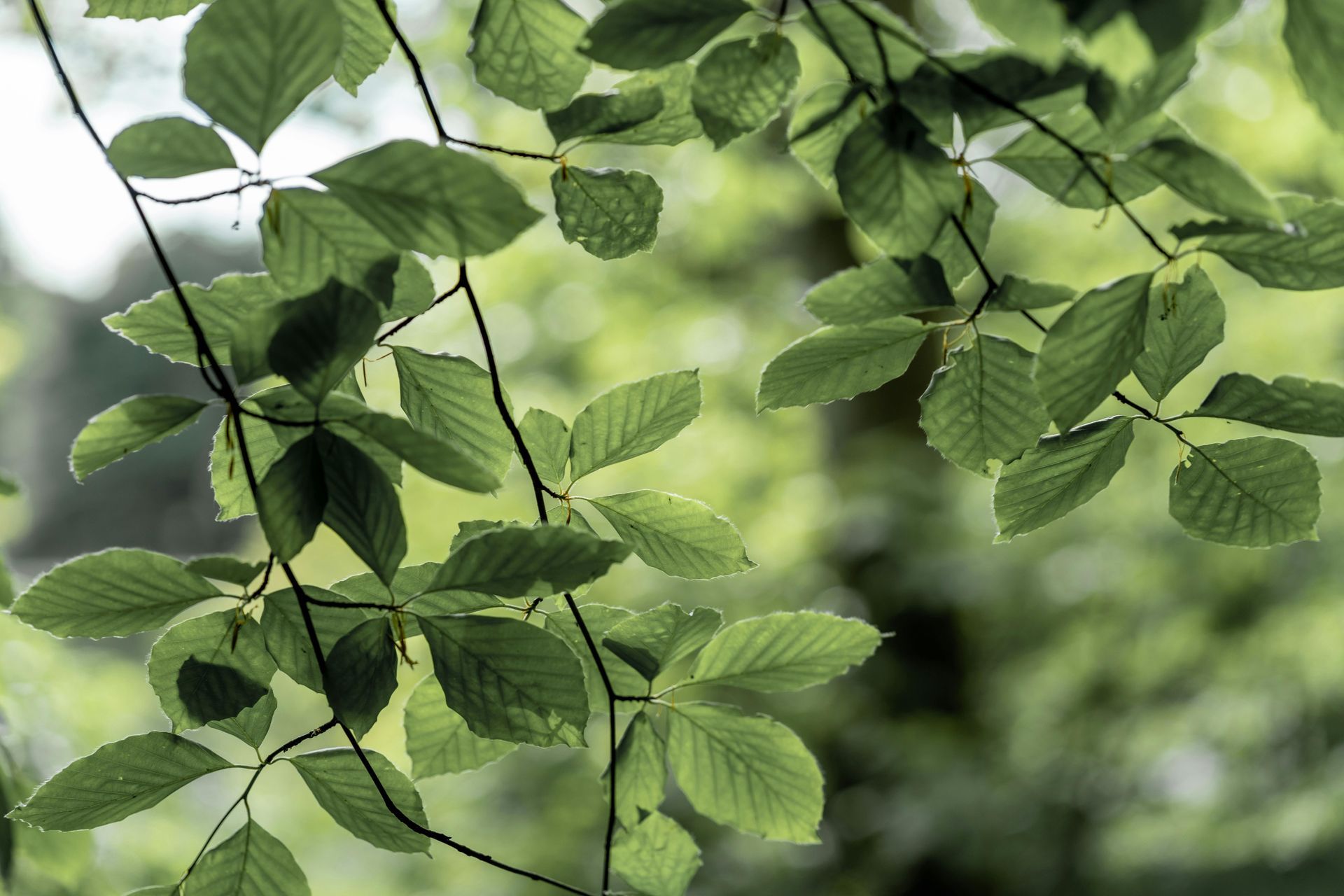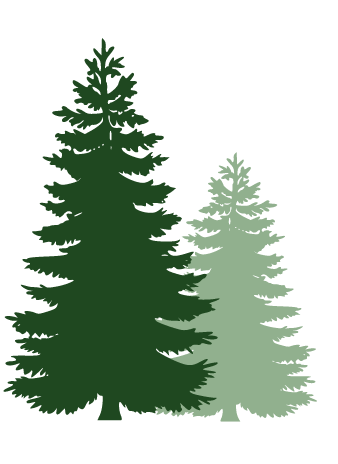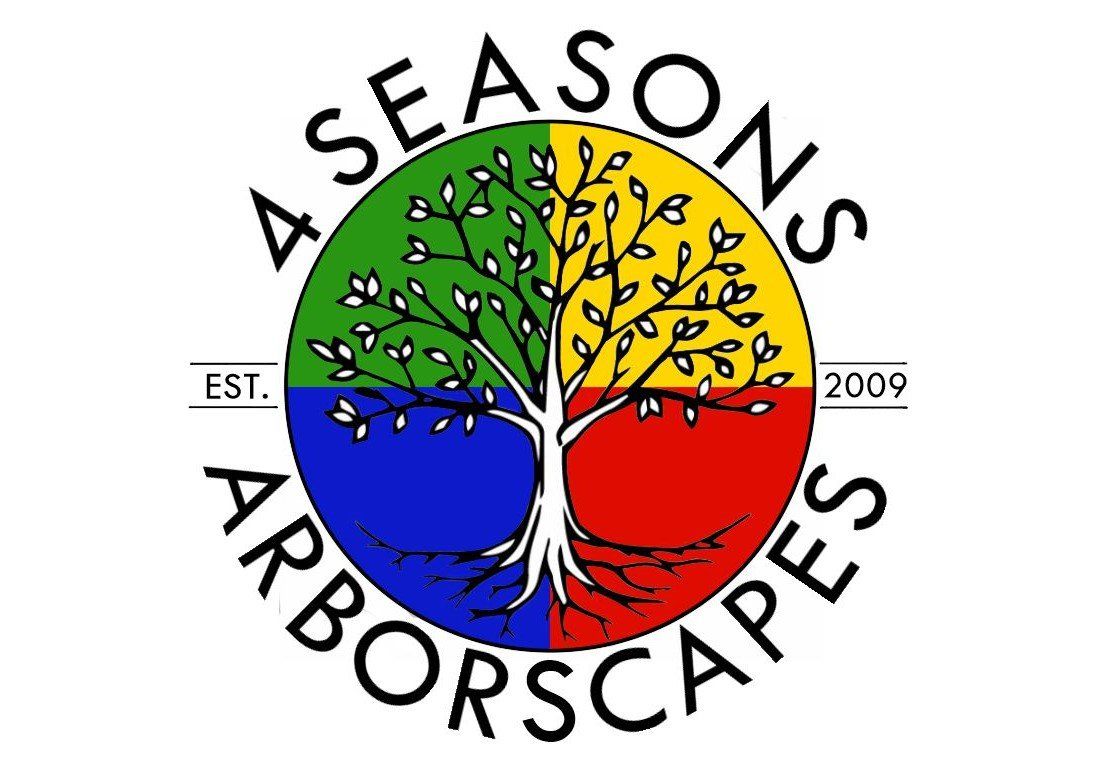4 Benefits of Tree Pruning
Whether you grow trees commercially, want to protect the environment with more trees, or want to enjoy its personal benefits, ensure your tree receives the proper care it deserves. One of these management methods is to prune branches regularly. Discover four benefits you can generate from tree pruning.
1. Improved Health and Growth
Trees require energy to remain healthy and flourish to their full capabilities. However, they require intervention to ensure they can achieve this feat. Pruning is the best intervention to promote tree health and growth, as you can control how your tree develops.
Pruning reduces the number of branches that a tree must sustain. Arguably, the more branches the tree has to maintain, the more energy it expends that might have gone into its development. Therefore, pruning ensures that you can reduce the energy tax the branches derive from the tree, which it can redirect towards other parts like leaves, fruits, and flowers. This benefit is advantageous for commercial trees.
Also, pruning helps the tree develop a straight trunk. Branches might curve the trunk and distort its shape. When you prune the branches, the trunk does not have to conform to the diverged paths but can maintain a straight and upwards growth.
2. Home and Property Protection
Even if you grow your tree a significant distance from your home, the branches might grow too far out and reach your home. This behavior might create problems for you, your home, or your neighbors.
For example, trees shed leaves that might end up on your roof. These leaves can gather up on gutters and clog them, which can increase the risk of water damage during wet seasons when it creates backflow. It can also increase moisture buildup, which can create a suitable environment for mold growth.
Also, when these tree branches grow too weak or die, they might break off and fall. The damage you might suffer might only affect your property if you are fortunate enough. However, it could also fall on people who walk near the tree, which can lead to high medical expenses or a negligence lawsuit.
3. Reduced Disease and Pest Infestation
Just as discussed above, branches can interlink two points even if you grow the trees a significant distance. Therefore, branches can also create a pathway for diseases and pests to spread if they grow long enough to touch other tree branches.
This situation especially applies to branches that carry diseases or pests. Pruning can eliminate these compromised branches and ensure that you isolate the disease or pest infestation to one tree. Additionally, it can reduce costs since you obviously have to deal with the problem of fewer trees than after the issue spreads.
4. Better Tree Aesthetics
Since pruning determines directional growth, you can control how your trees grow to a certain extent. Therefore, you can decide how your tree might look with artificial intervention and ensure that it maintains this growth with regular pruning. The two ways you can achieve this are topiary and pollarding.
Topiary uses artistic pruning to shape small trees into ornamental designs that you would like to have. Pollarding uses pruning to control how high a tree can grow to increase its foliage density. Both methods can ensure you get a lawn or yard that conforms to your aesthetic appeal.
Tree care and management are essential to ensure you get the most benefits. You can maximize these benefits with the help of a professional arborist. Rather than risk harming your tree, an arborist can understand how they can properly prune the tree and safeguard its health. Therefore, call or visit us at 4 Seasons Arborscapes for pruning services.
Check out the latest:
